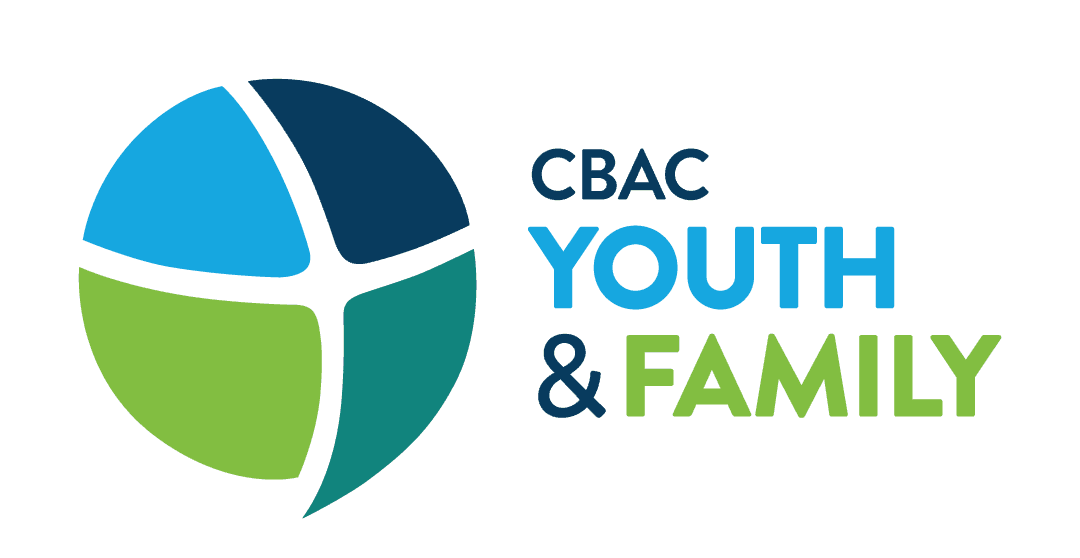One of my favourite places in Saint John is the City Market, the oldest continually-operated market in Canada. It’s a great spot to grab food, and its interior resembles an inverted ship’s keel. Although the current building was completed in 1876, the market itself dates back to 1785. It’s been a key part of the city’s culture for generations.

In the 1840’s a group of Baptist women from Saint John churches were looking for opportunities where they could support God’s mission. Hannah Lane tells how cash-poor women from the area would sell large amounts of butter at the Saint John market. The proceeds from these sales supported various missionary and educational initiatives.[1] This is an important example of how faithful women looked at the resources they had available to them, and considered how they could join God in their neighbourhoods. While the origins of this fundraiser may be unknown, its practice demonstrates collaboration and shared vision. They were likely shaped by the stories told about various missionaries, and convicted to contribute as they were able. Someone had the original idea, and others were quick to support the project.
__________________________________
Another question in our Trellis framework is “What do we see?” This question is intended to help ministry teams practice communal discernment, and take up rhythms that help them dream and explore together. What may God be leading a team towards?
As we encourage ministry teams and churches to pursue rhythms of flourishing, we believe it’s important for the practice of visioning and discernment to happen in community. Too often, it seems expedient for one individual (often the pastor) to sit in their office, craft a vision statement for the church or particular ministry, and expect it to be adopted and carried out.
However, for better participation, it’s important for that work to happen in community. Collectively, members of a team have a better understanding of both the resources available within the church, and the needs or opportunities within the community (as well as additional resources within the community). The process of discernment in team allows for multiple voices, with diversity of experience and perspectives, to weigh in.
“Christianity is a ‘first-person plural’ religion, where communal worship, service, fellowship, and learning are indispensable for grounding and forming individual faith.”[2]
Our faith is intended to be lived out in community. Peter reminds us that we are a nation of priests (2 Peter 2:1-10); Paul tells us that all members of the church are to contribute to the common good by using their gifts (1 Corinthians 12). Participation in the Kingdom of God is a collaborative endeavour.
The practice of communal discernment leads a ministry team down a path, as they collectively seek to listen to God’s leading. Together, they listen to God, walk in God’s way, and pursue relationships that lead toward spiritual growth. It recognizes that wisdom is not held by one person; but that each person holds a part of the wisdom.[3]
It’s important that we prayerfully listen to one another, so that we can gain clarity as we follow the Lord’s leading.
Discernment within a group is not easier or quicker. It takes more time, and it bucks the trend of going fast. In a culture that tells us to move quickly, group discernment will take longer. It will be important to allow teams the time they need to listen to the Lord.
To help your team practice discernment, consider trying one of these practices:
- Lectio Divina as a group
Lectio Divina is the slow and meditative reading of Scripture. Choose a passage of Scripture that you feel is particularly relevant to your team, and walk through the process together. Invite reflection on what you feel the Lord is saying to your group. What opportunities is God revealing to you? What are you learning about God as you reflect in community? What does God say to your group about the community you’re in?
- Read a passage together slowly. Invite team members to note what words or phrases jump out to them.
- Reread the same passage. Reflect on the themes and ideas noted during the first reading. What may God be saying to you?
- Read the passage a third time. Respond in prayer to what God is saying.
- Rest quietly in silent prayer.
(See also https://www.soulshepherding.org/lectio-divina-groups/)
- Listen to your community
Identify some community leaders who are relevant to your area of ministry. It could be local principals and teachers, police officers, mayors, or pharmacists, among others. Are there cultural groups within the community who are not represented within your congregation or ministry team? Invite one or more of them to come and meet with your ministry team, and frame the conversation with these two questions:
- What do you see as the most important needs in our community?
- How do you think our church (ministry team) could help meet those needs?
As a team, pray over the responses you hear, and invite God to help you sort through the information you have received.
__________________________________
To help your team dream of opportunities in your neighbourhood, work through our Neighbourhood Assessment Workbook. This helpful guide is designed to help your team see where God is calling you to join Him.
__________________________________
[1] Hannah M. Lane, “Women and Public Prayer,” in Canadian Baptist Women.
[2] John D. Witvliet, “Editor’s Foreword,” in Howard Vanderwell (ed.) The Church of All Ages.
[3] Valerie K. Isenhower and Judith A. Todd. Listen for God’s Leading.

